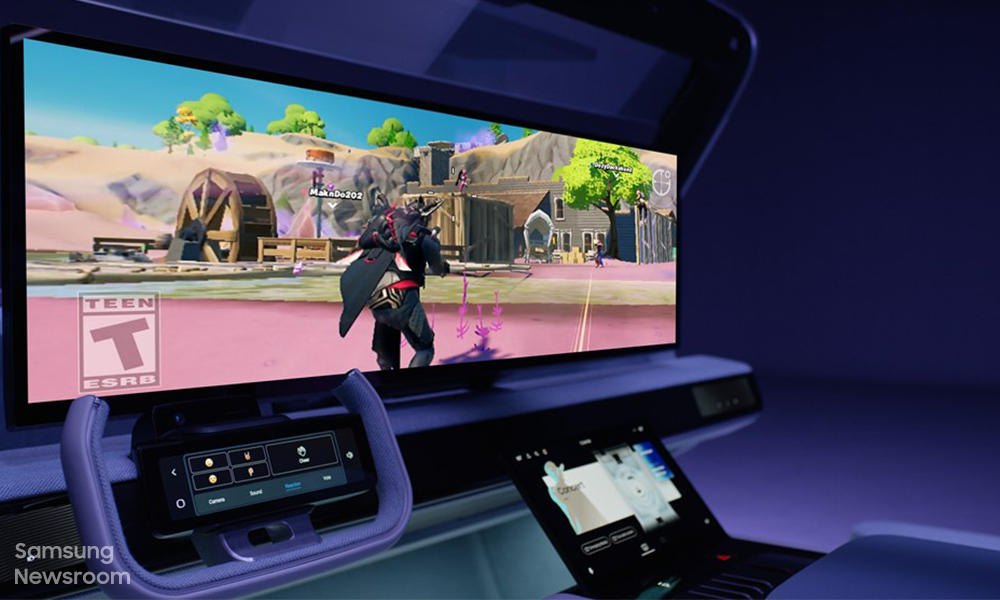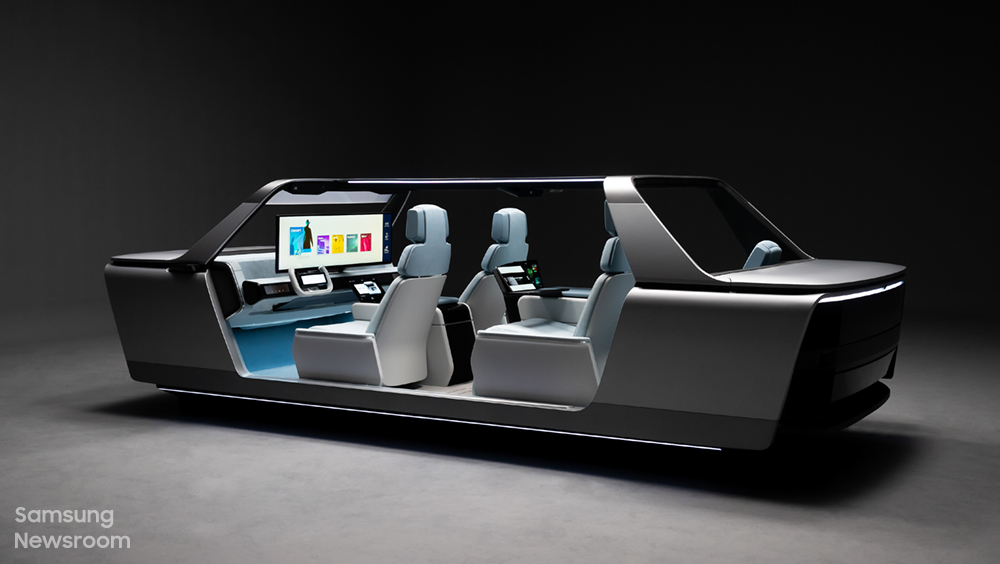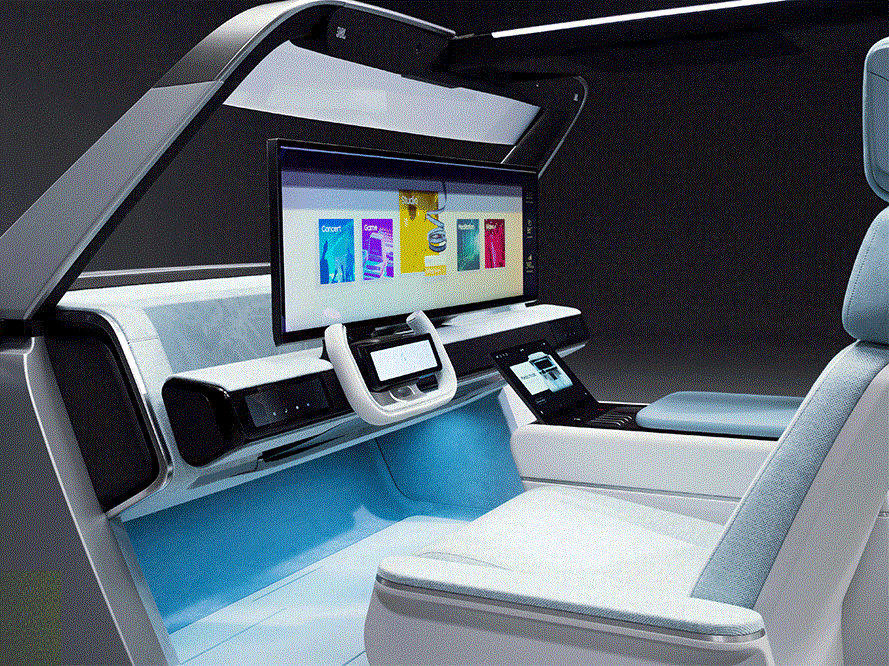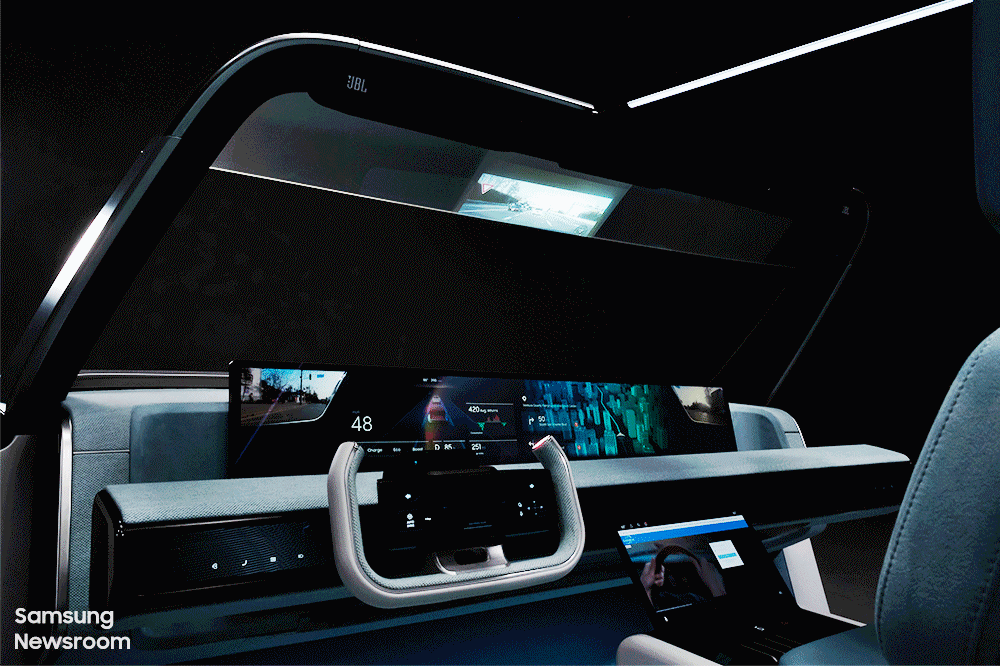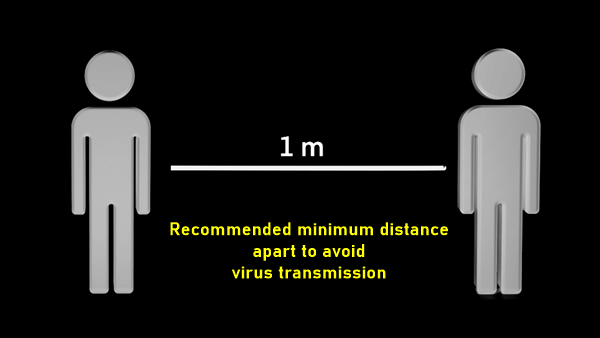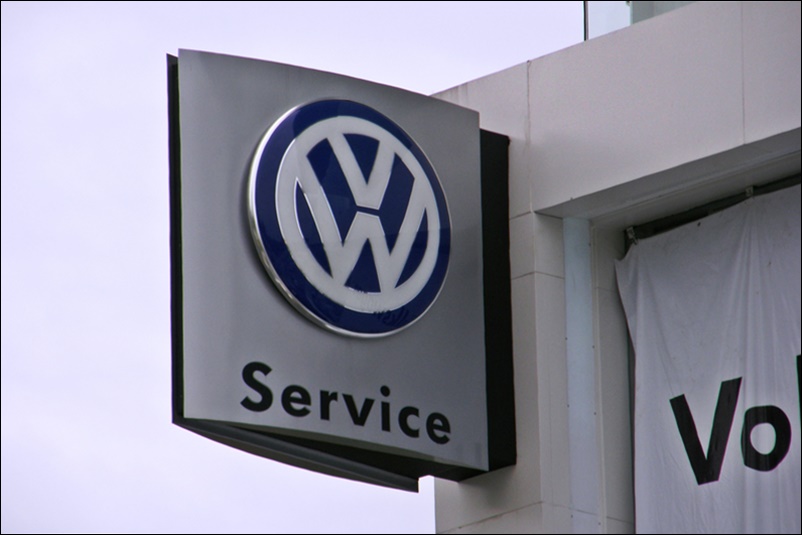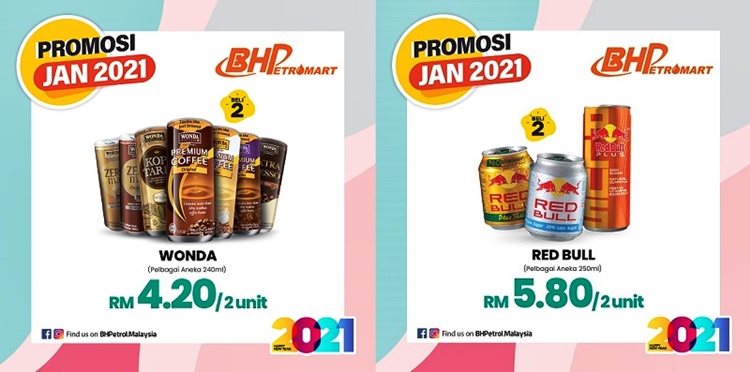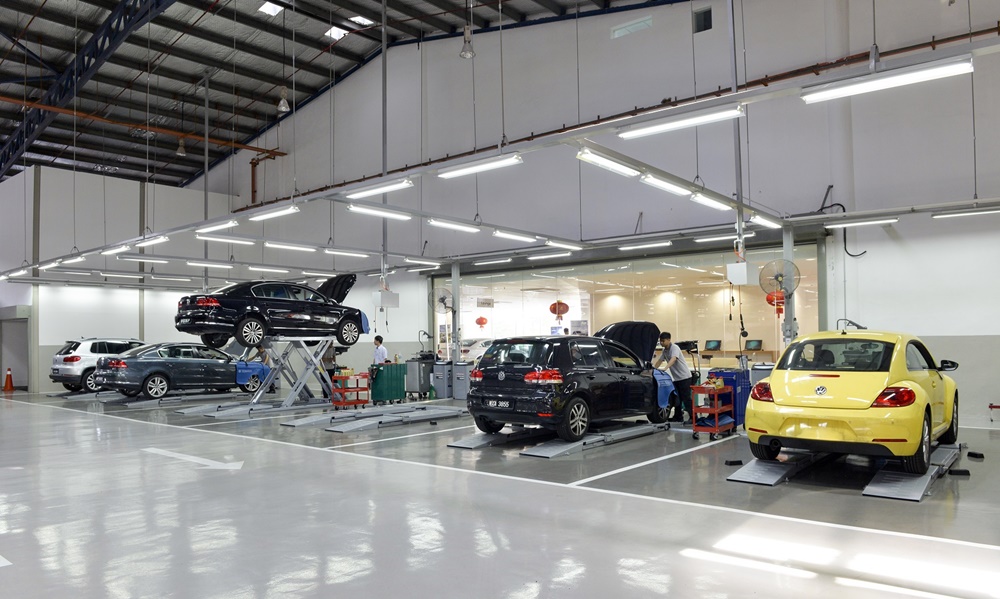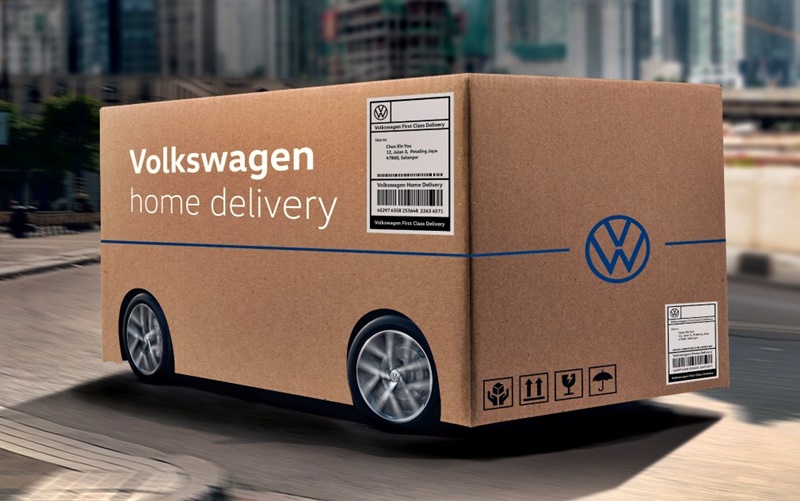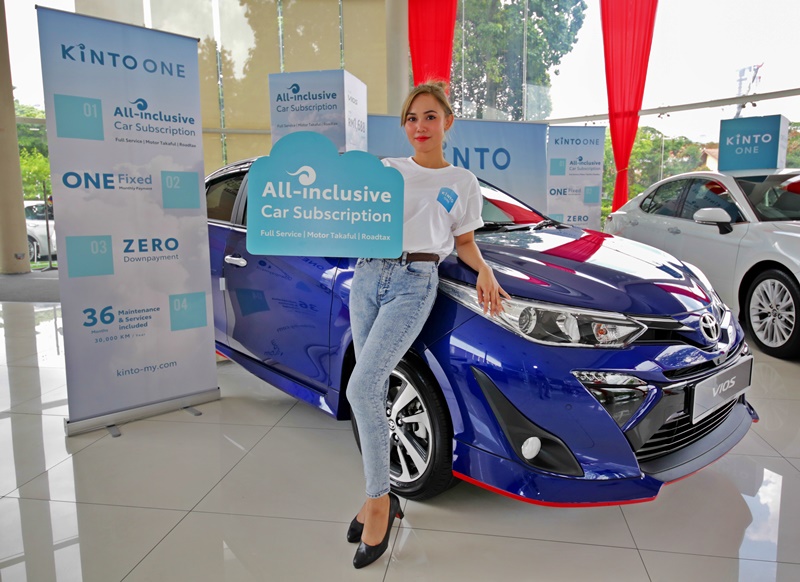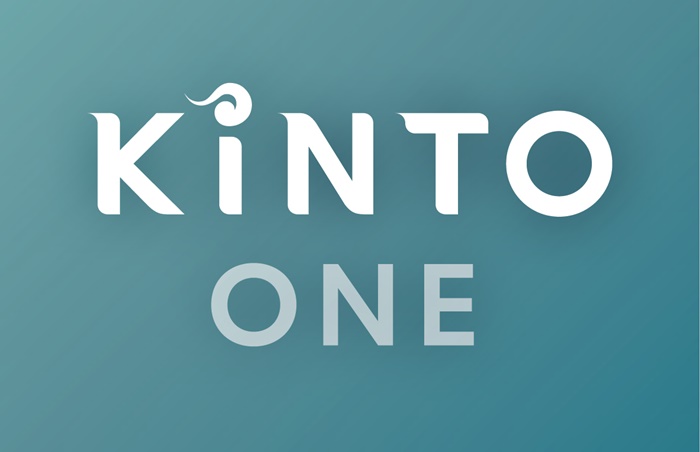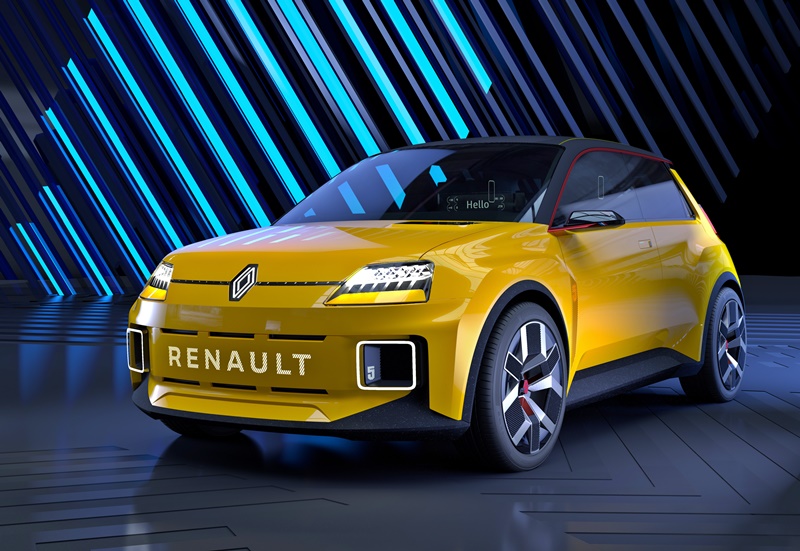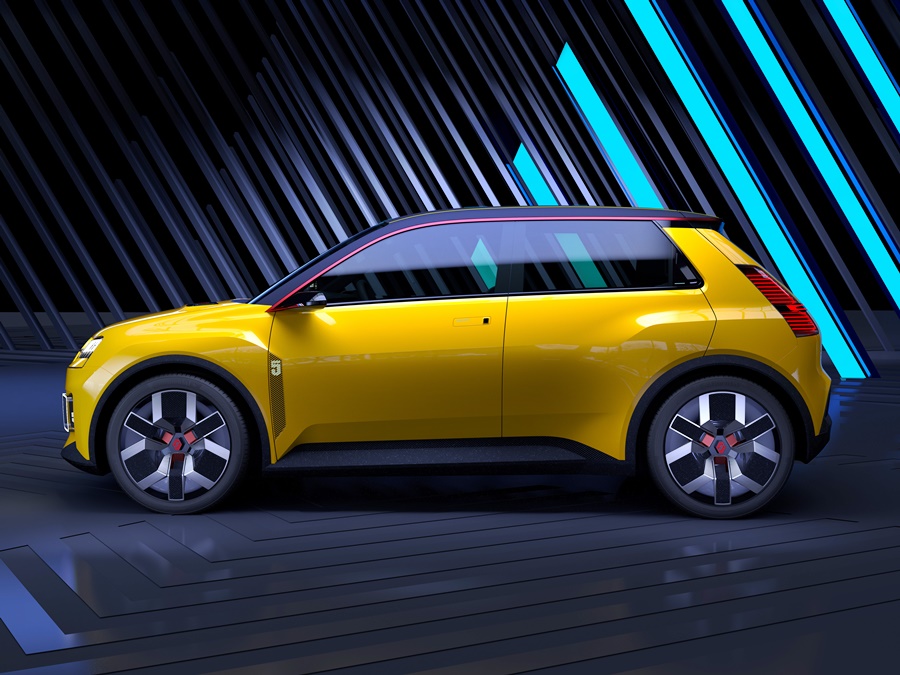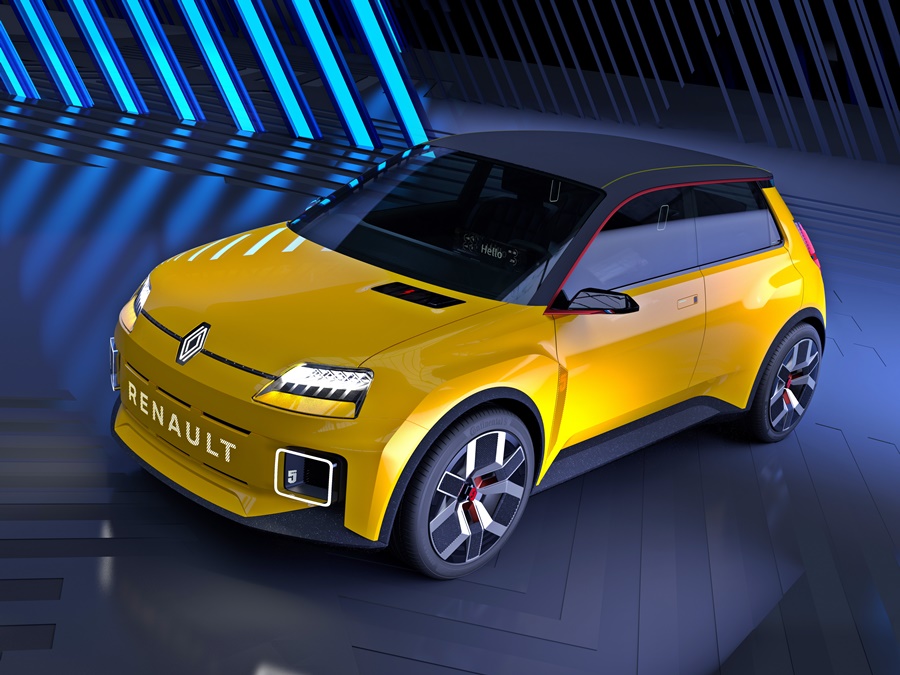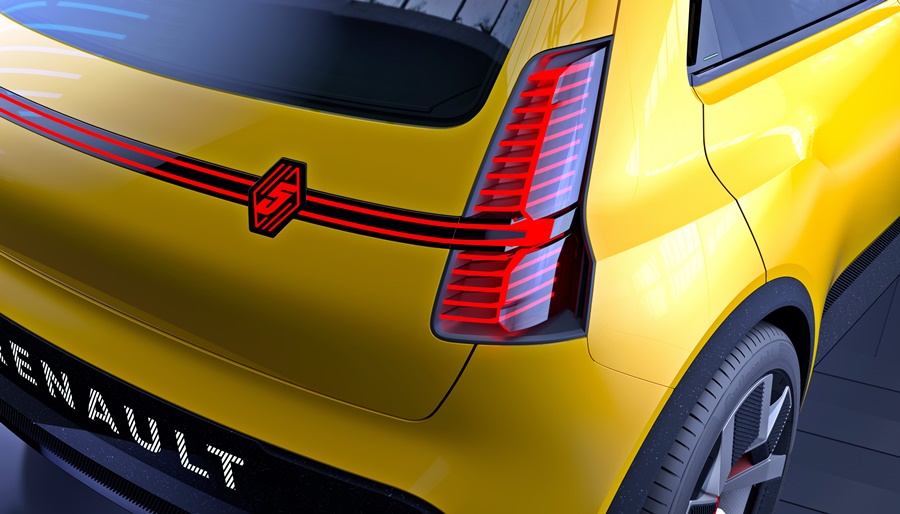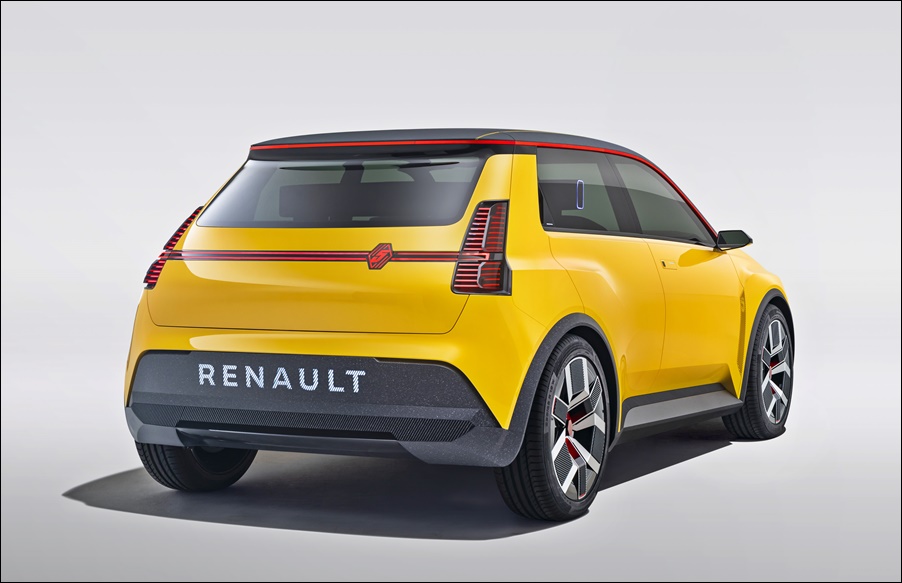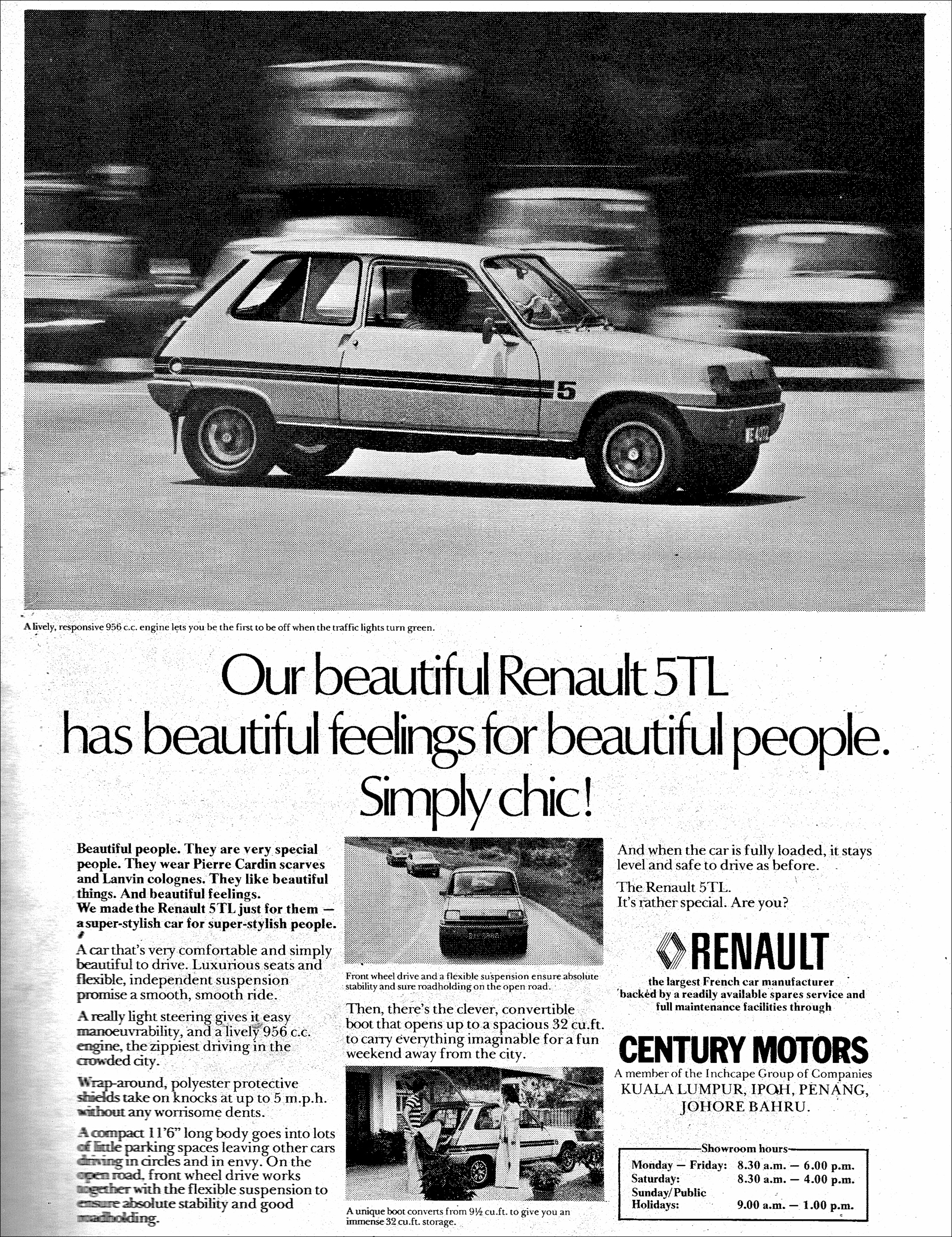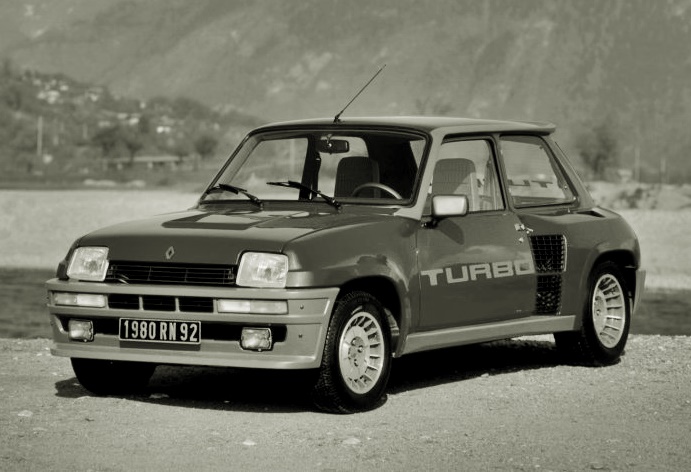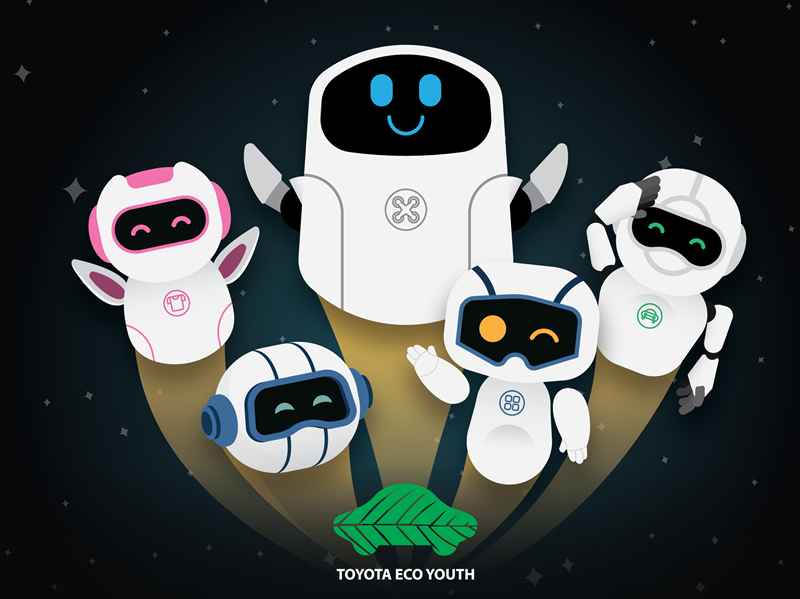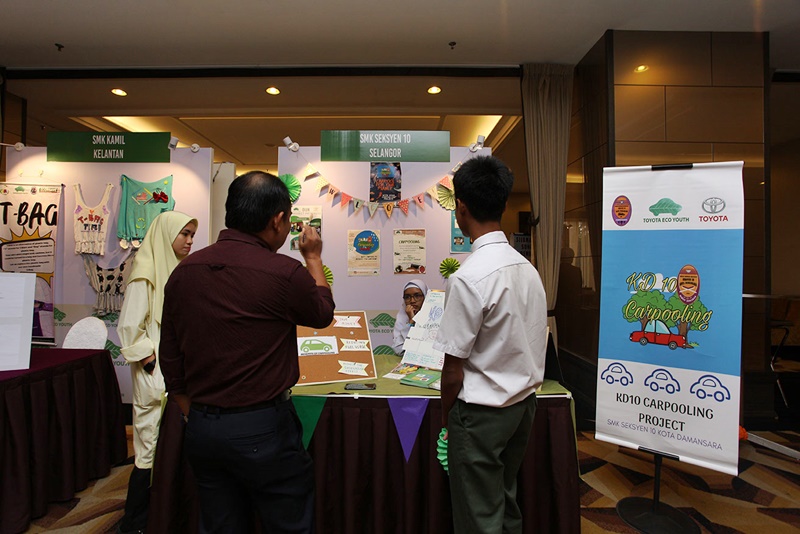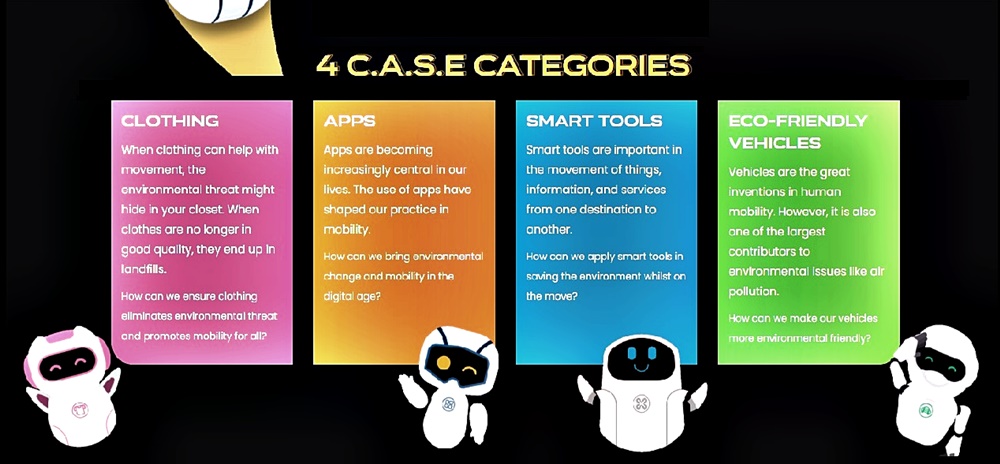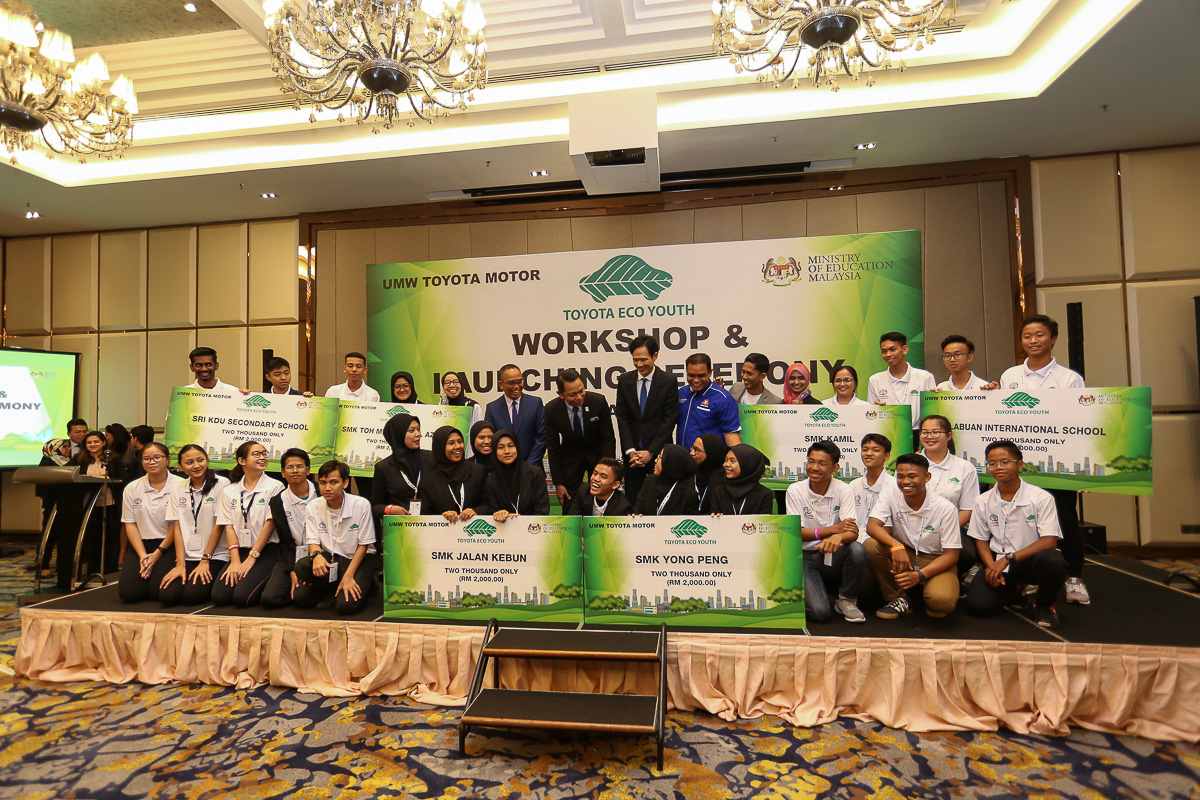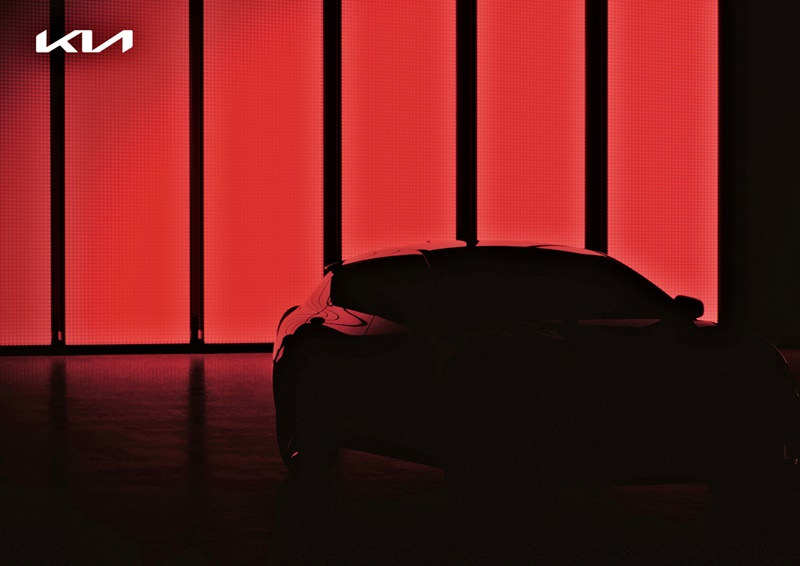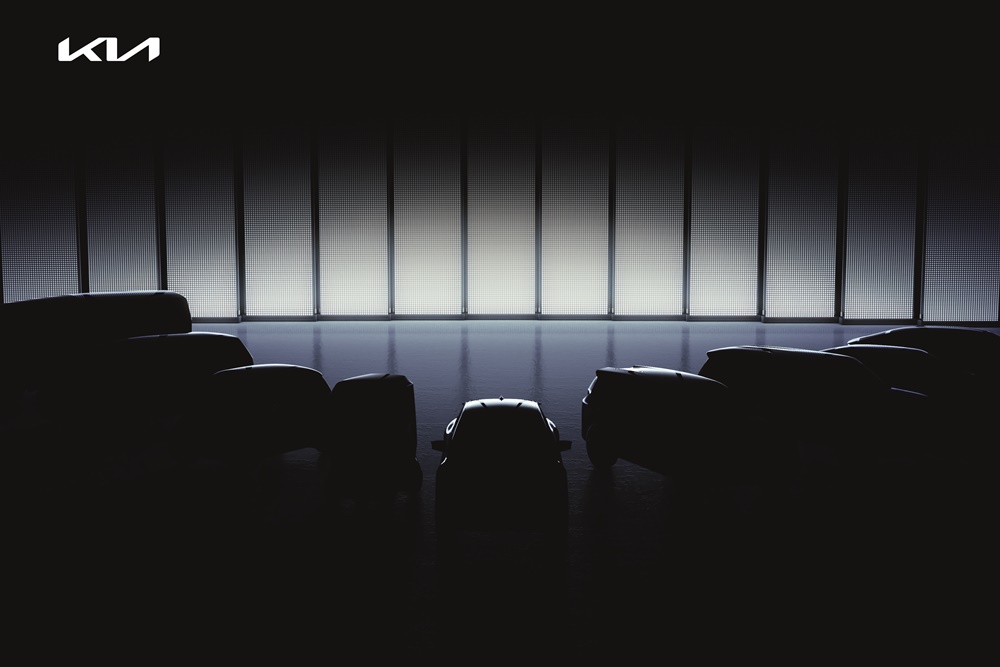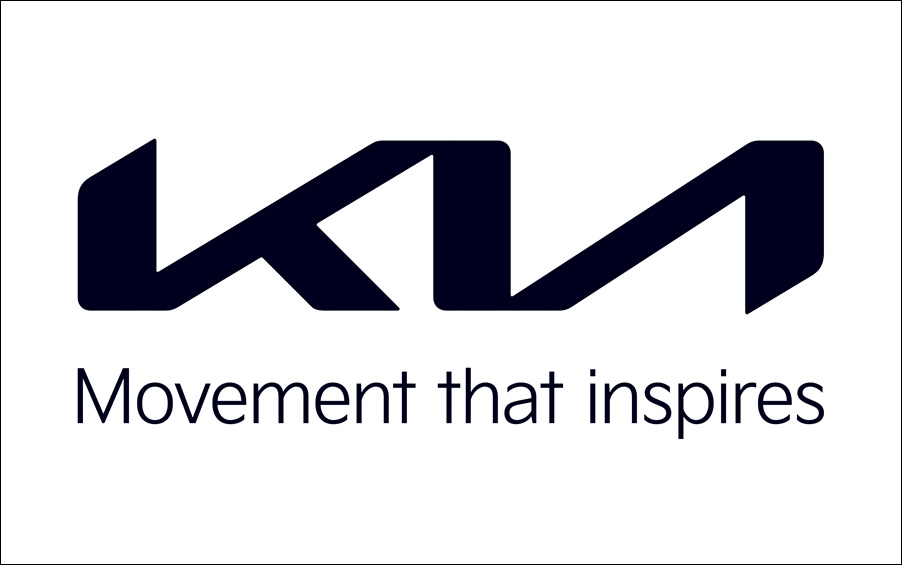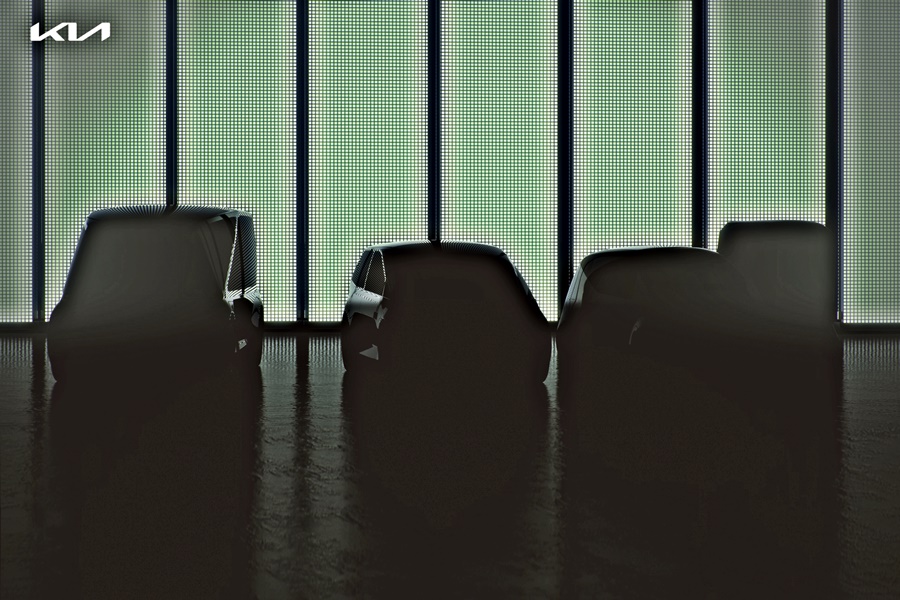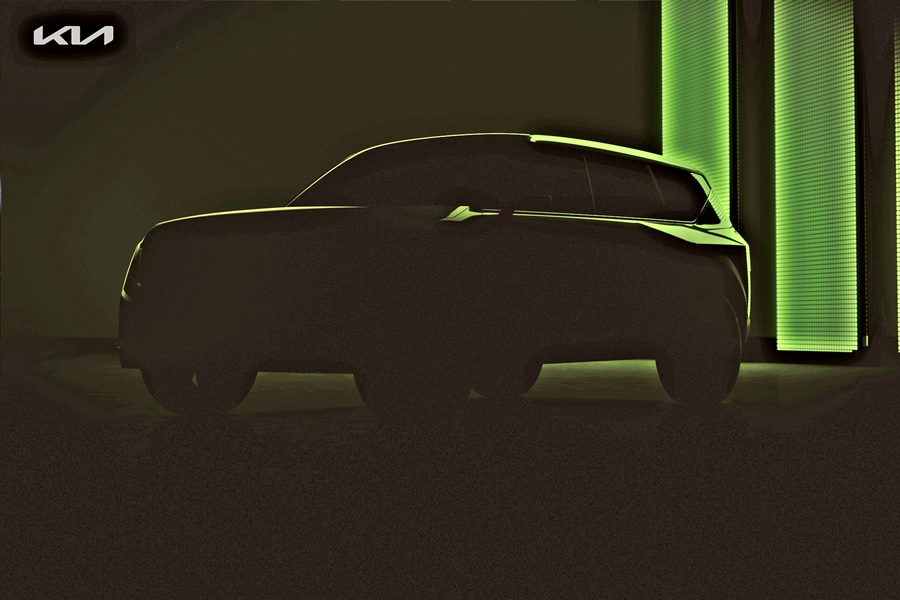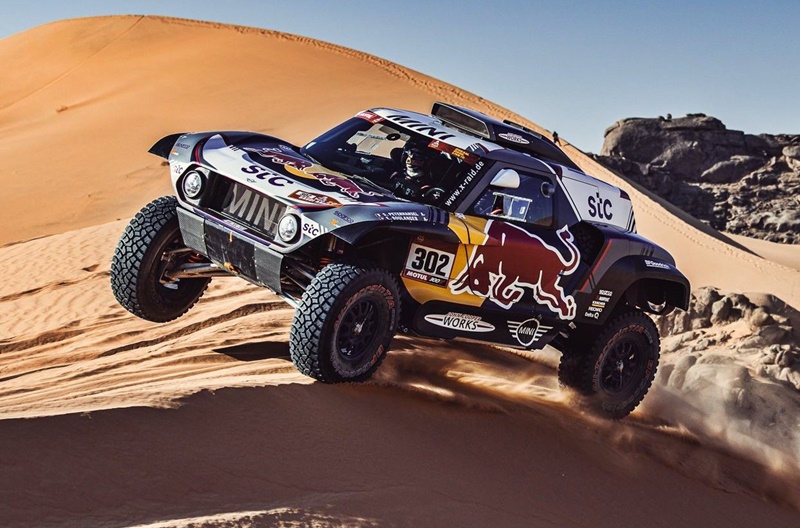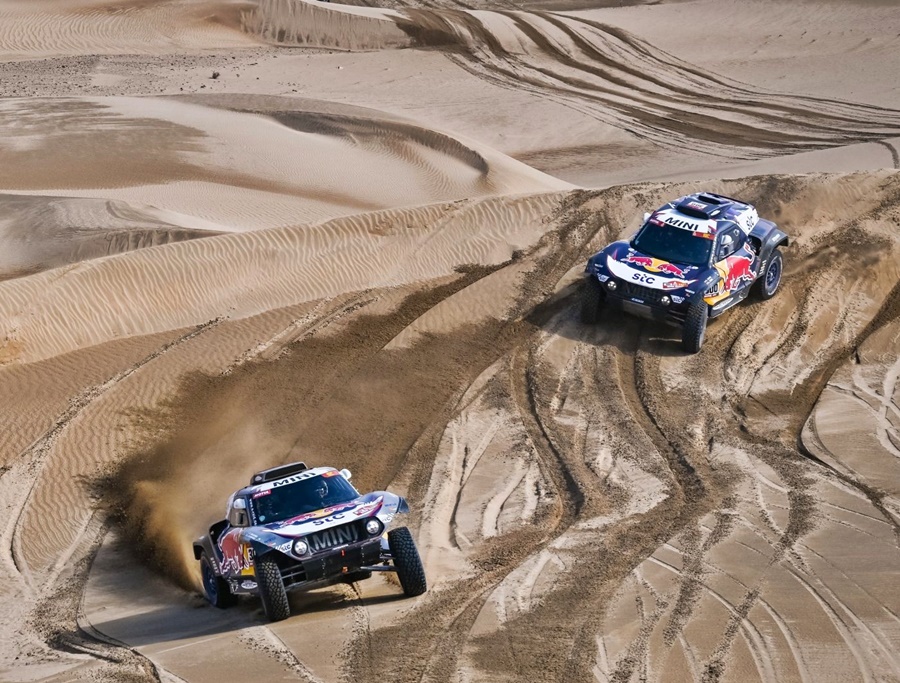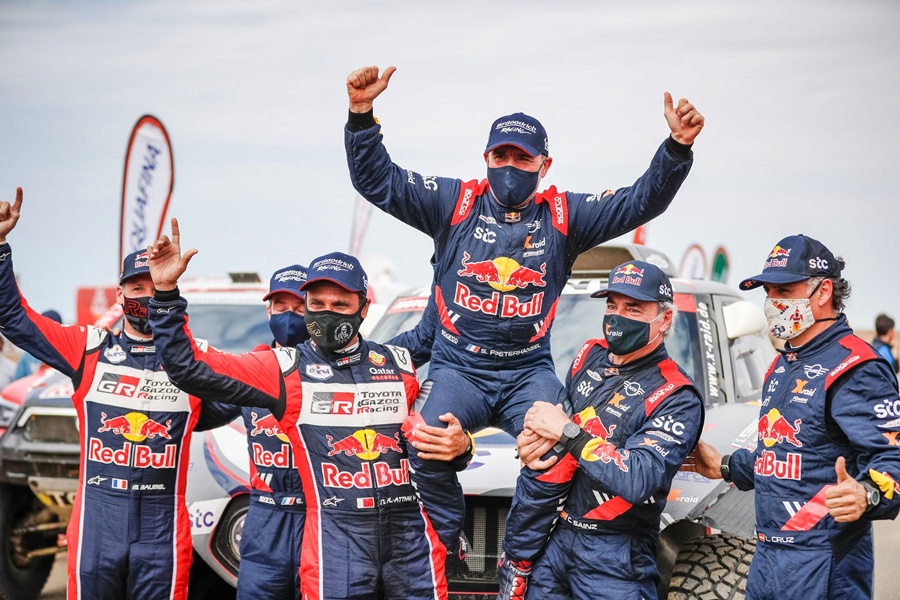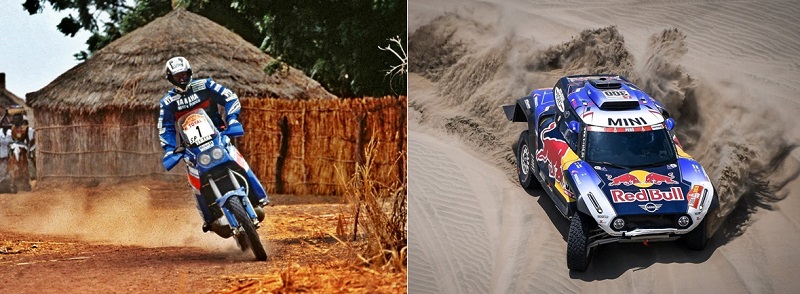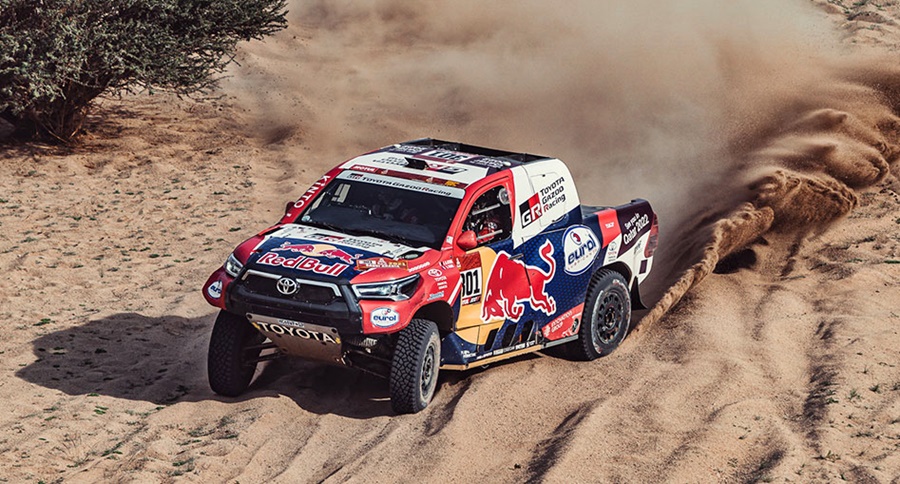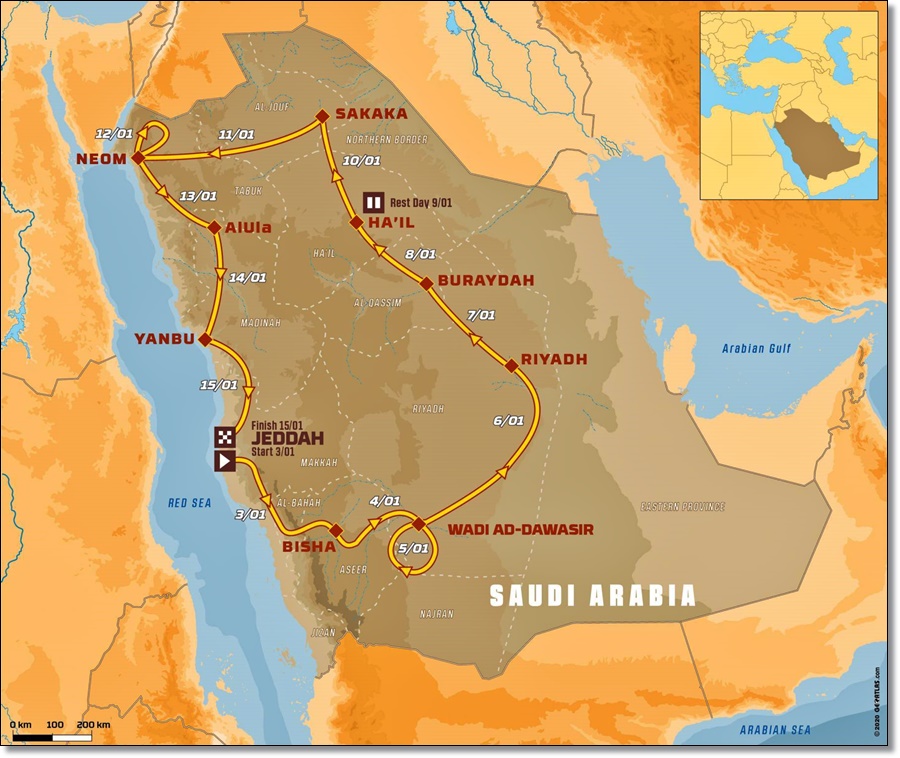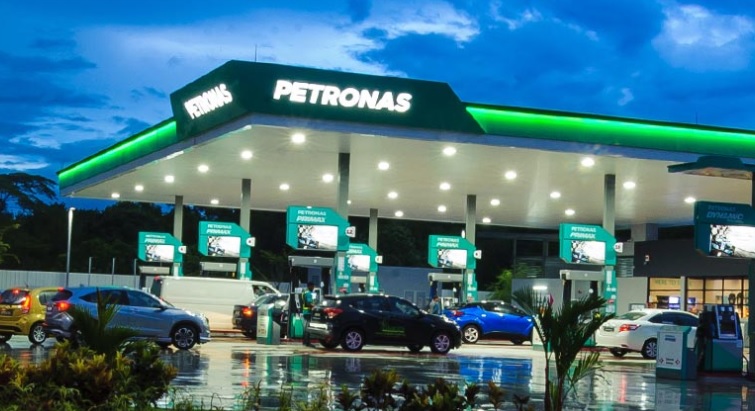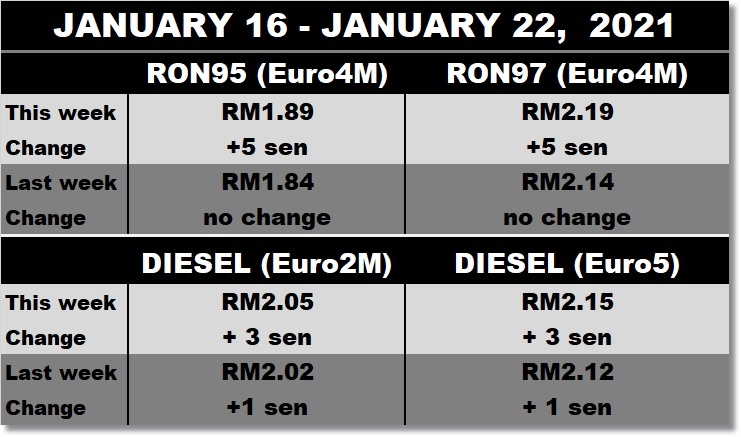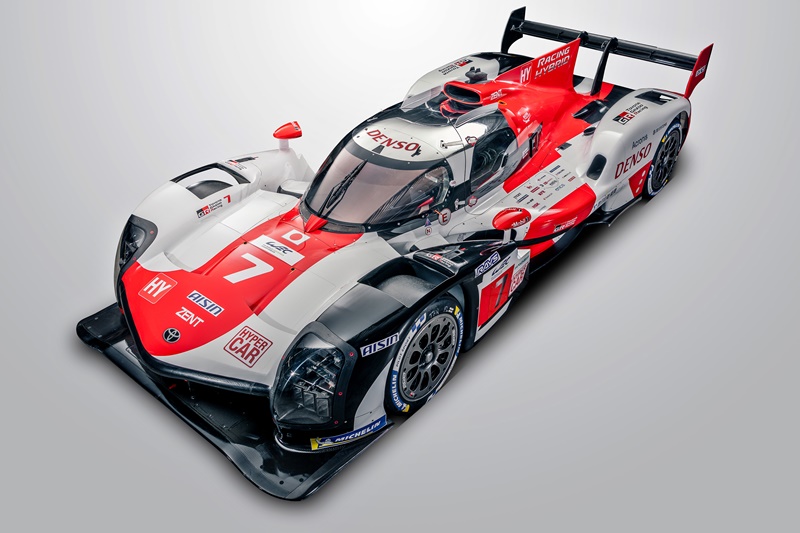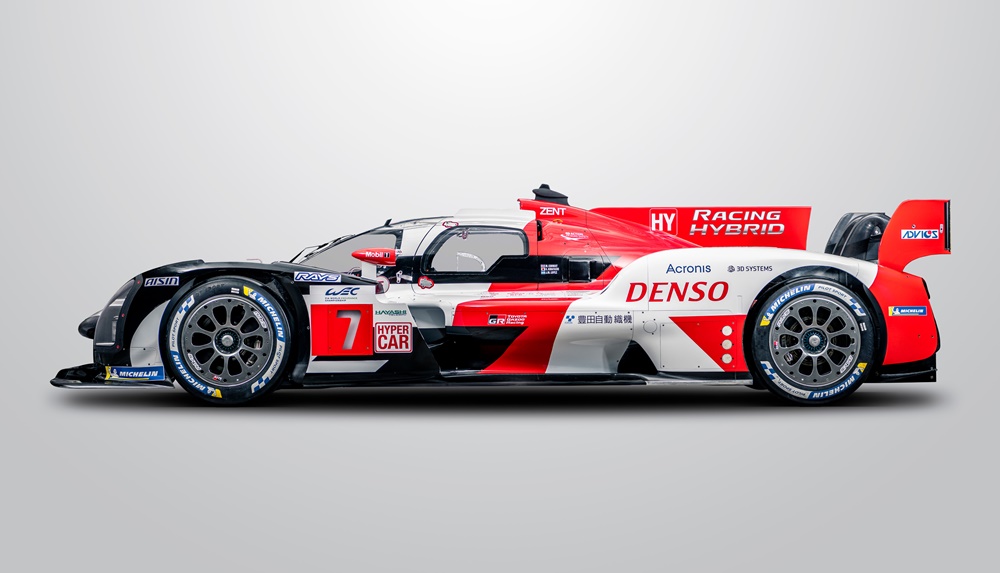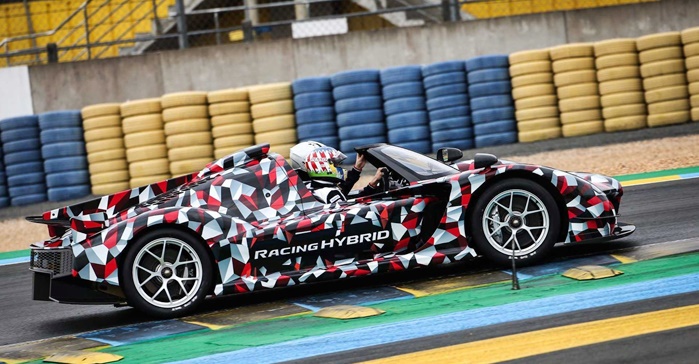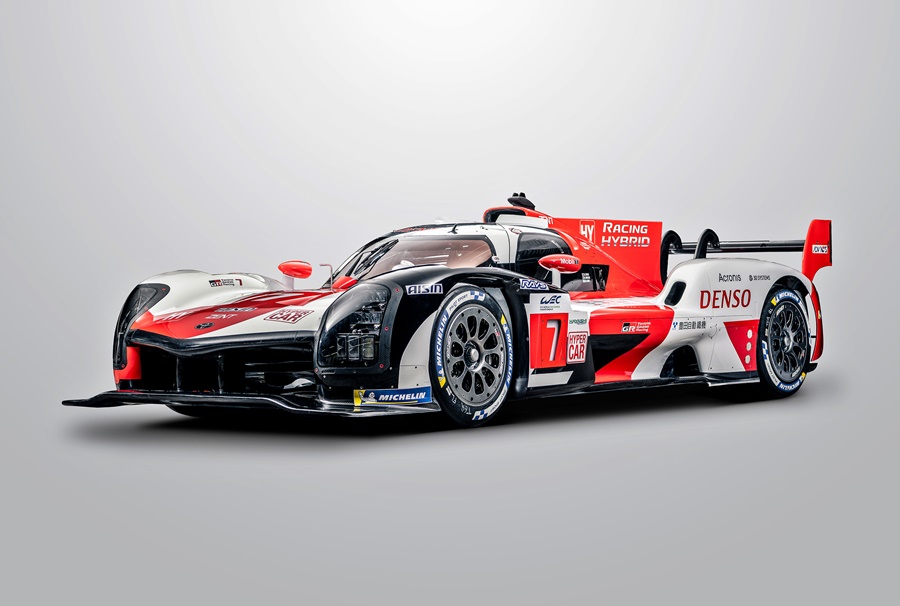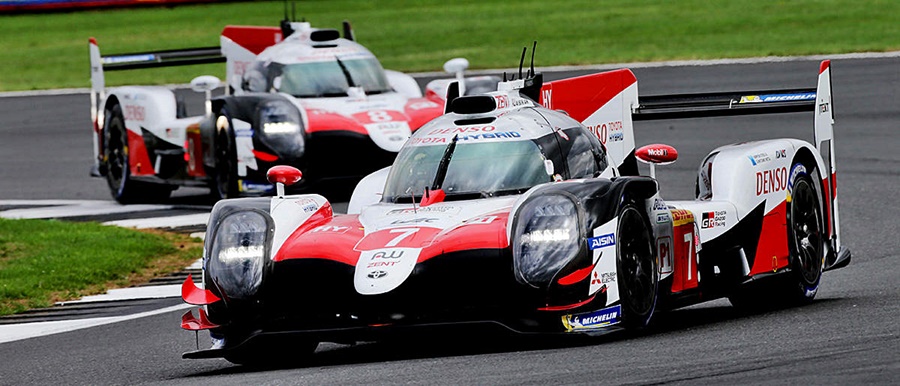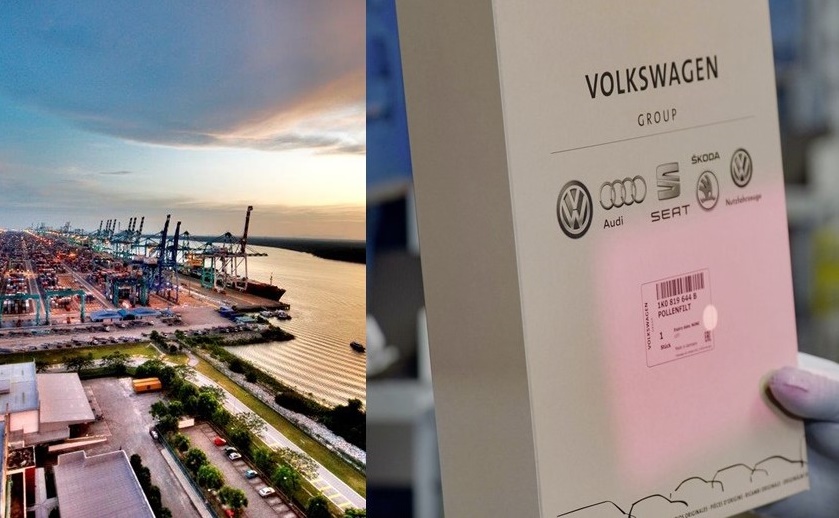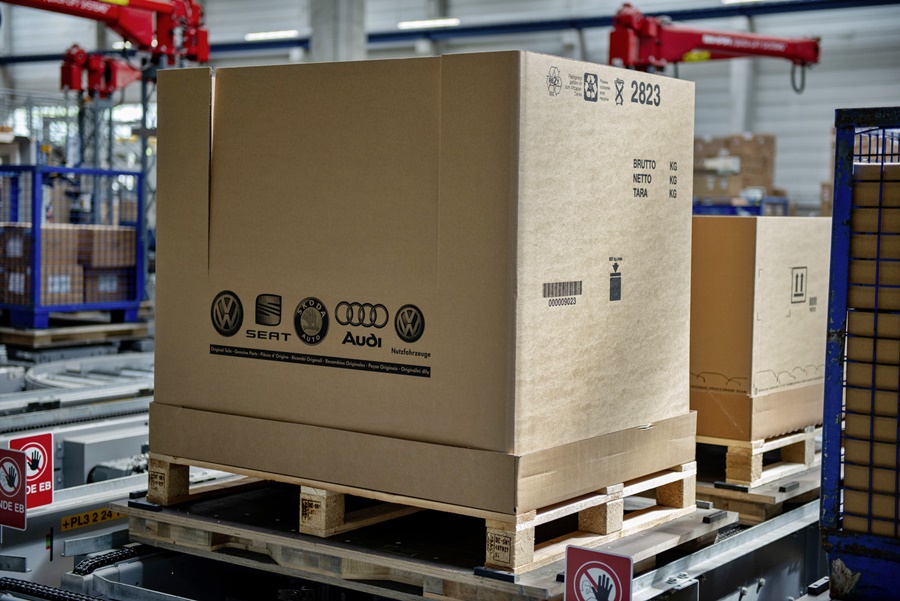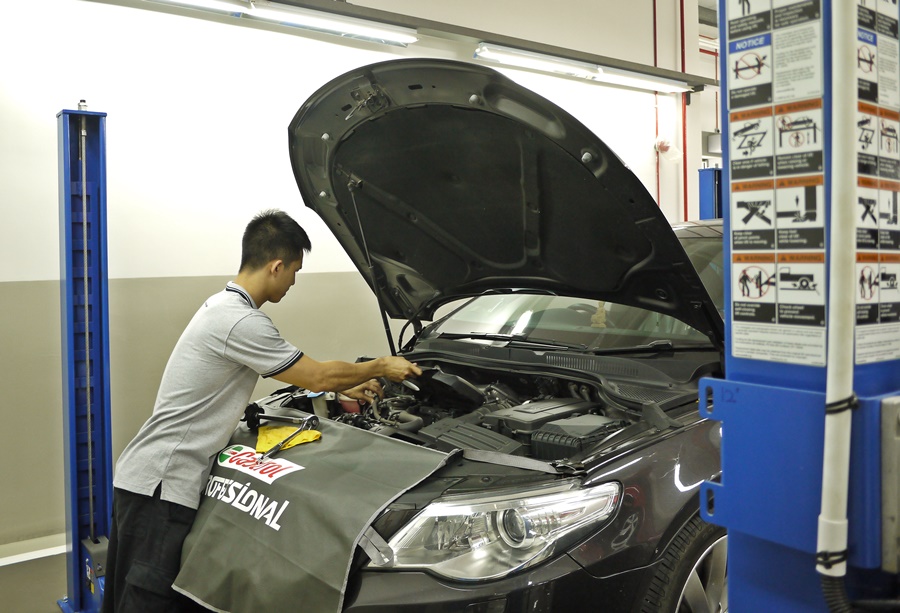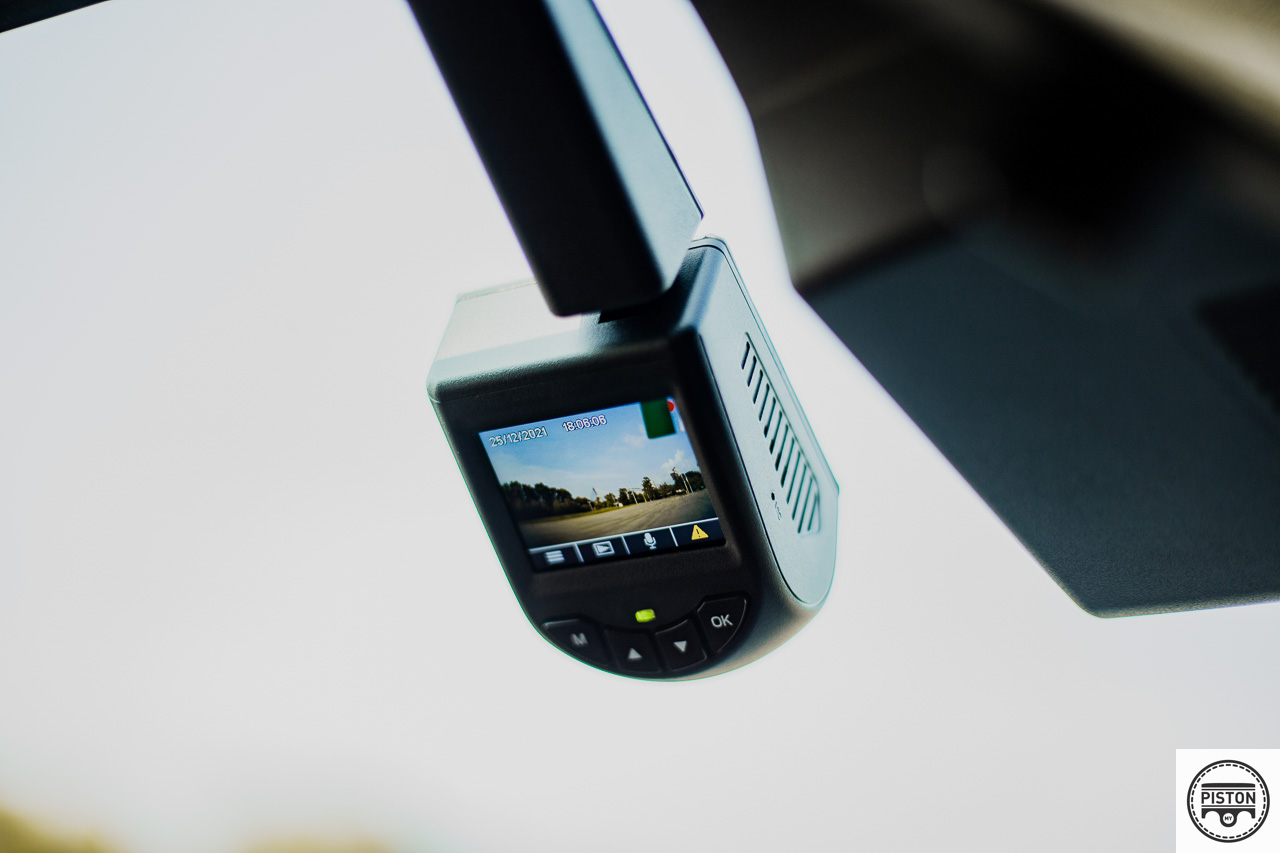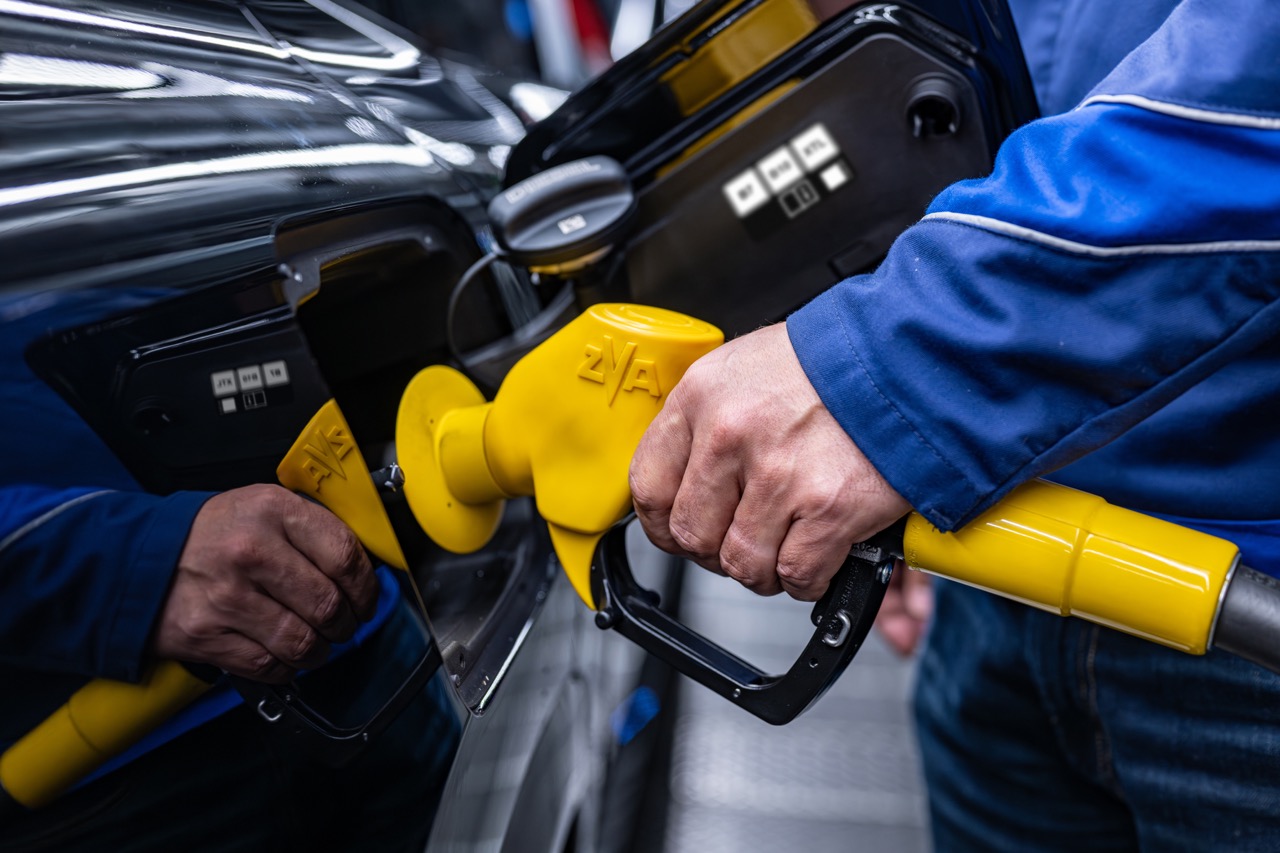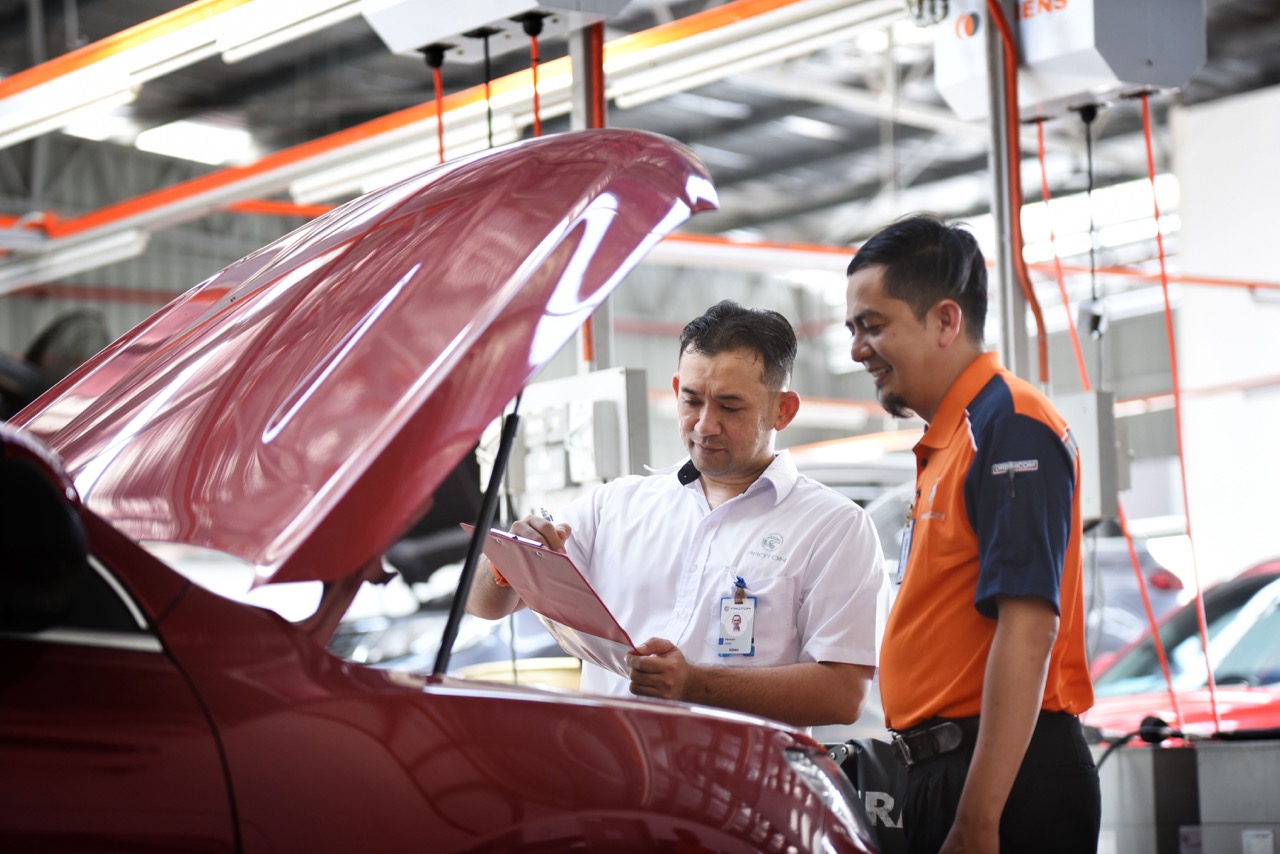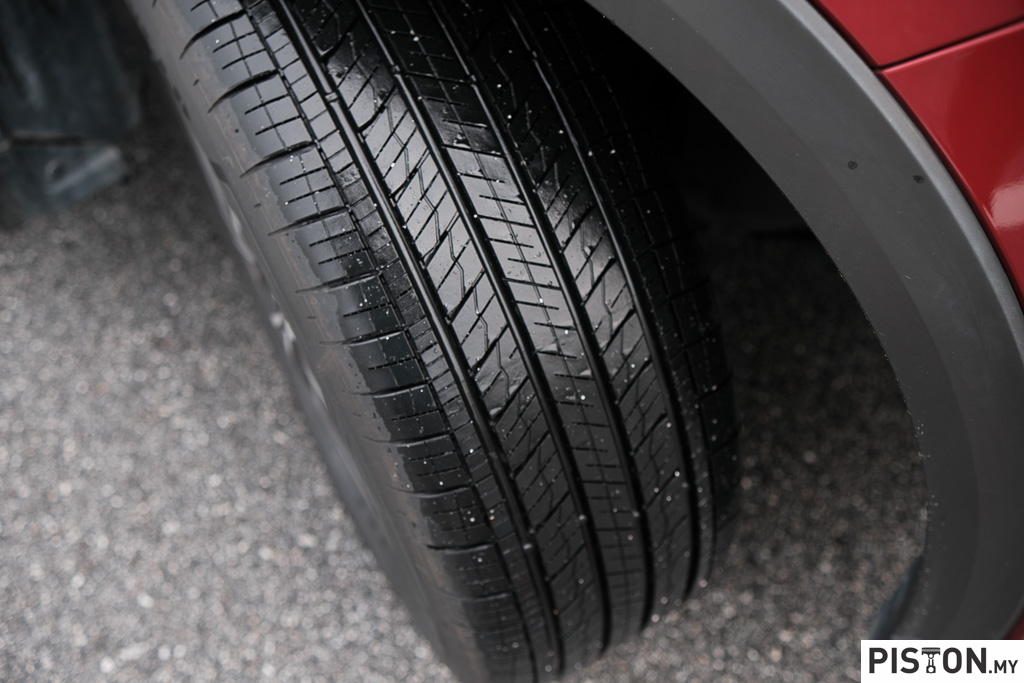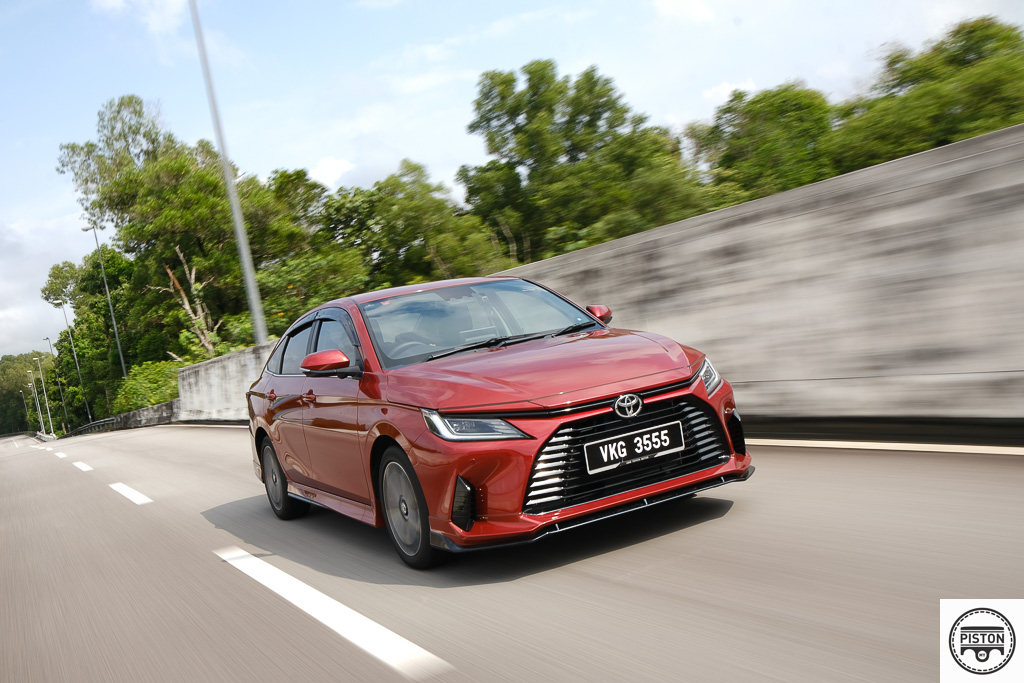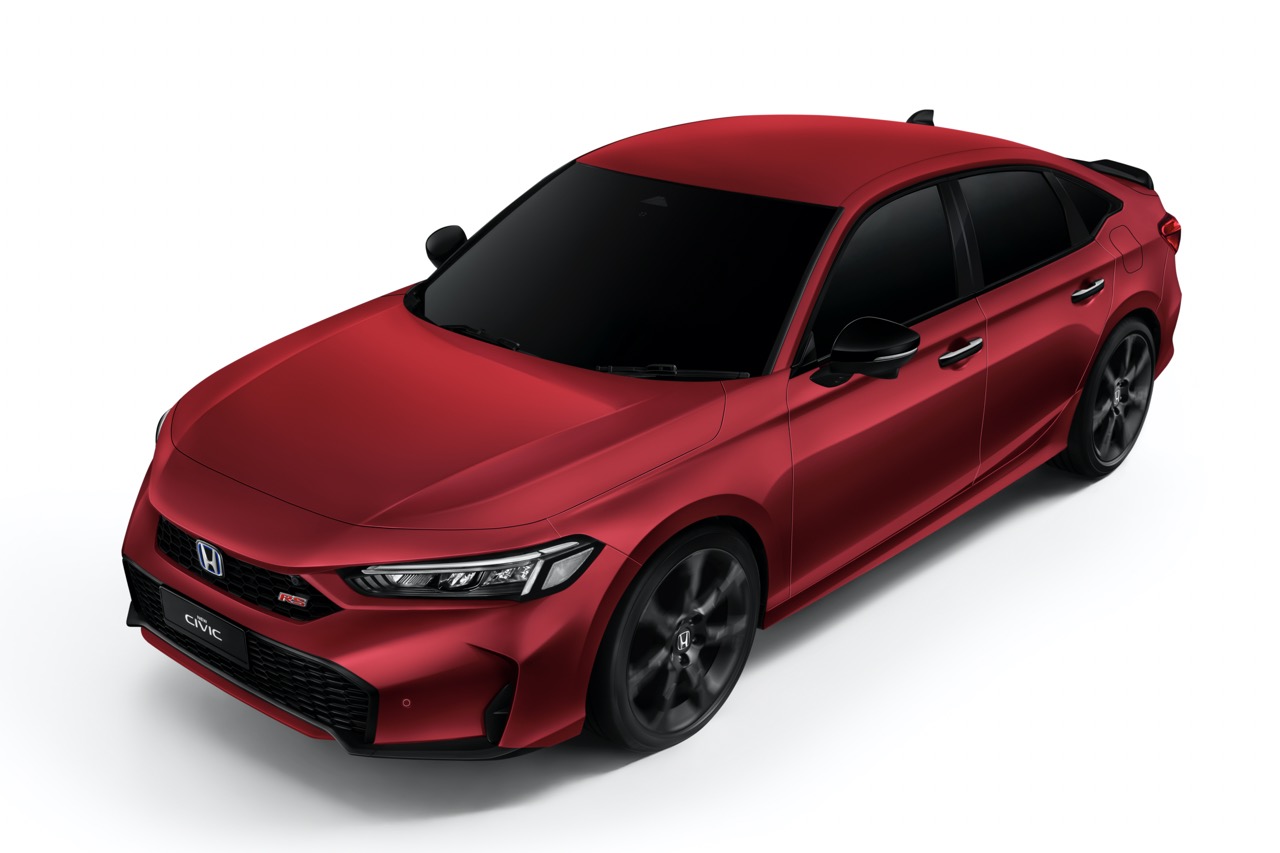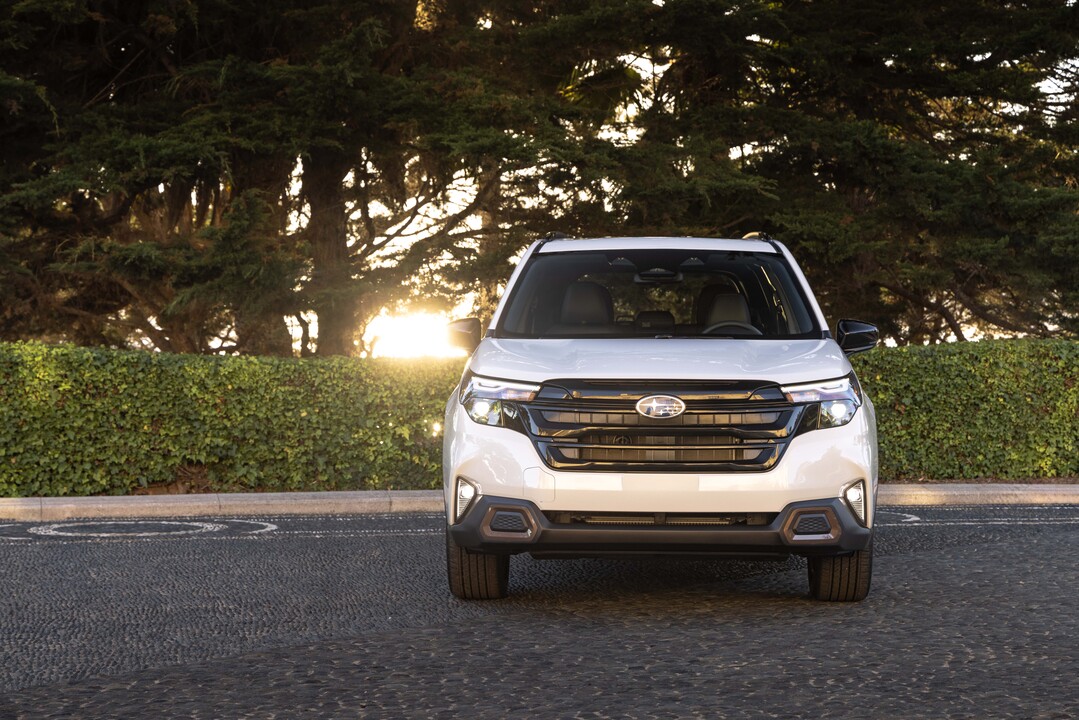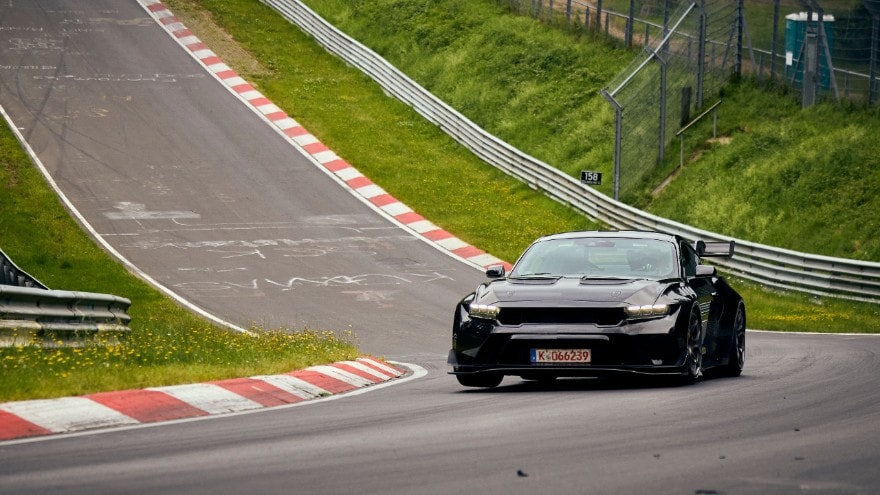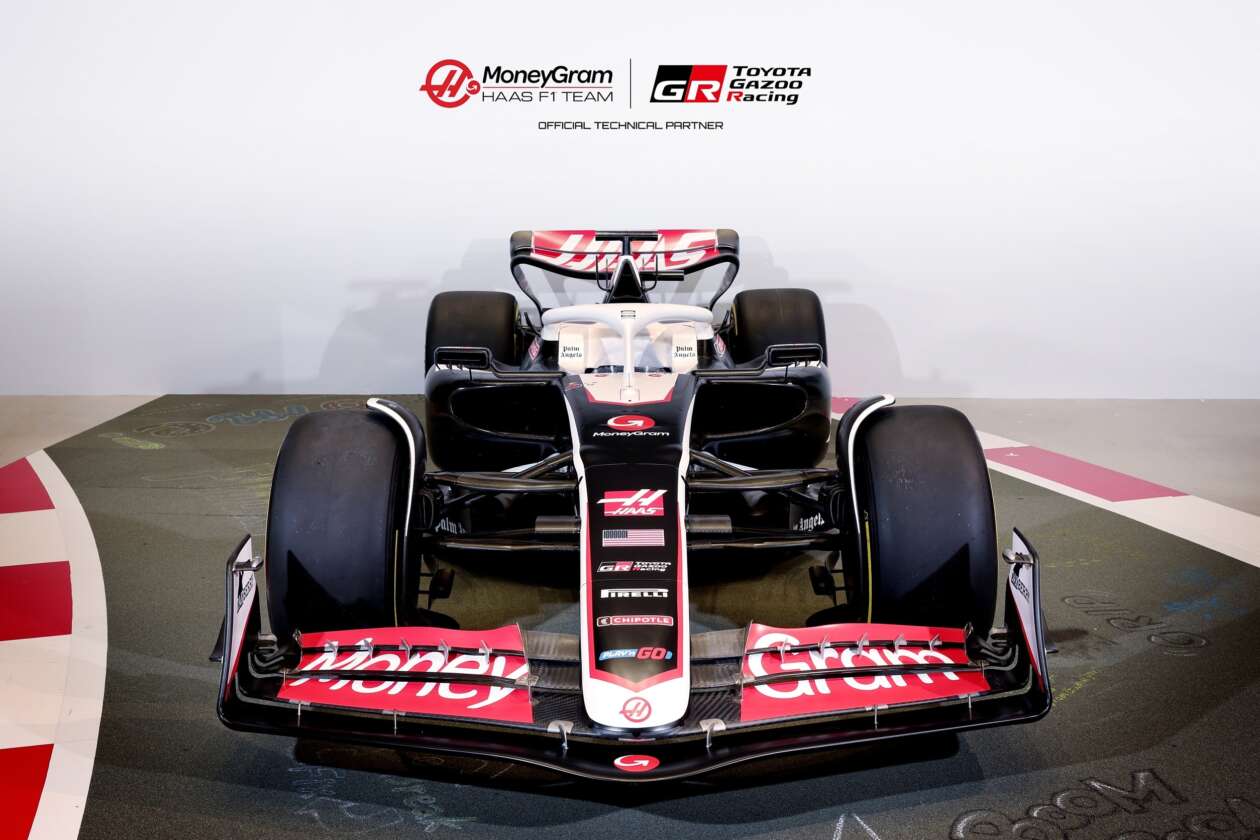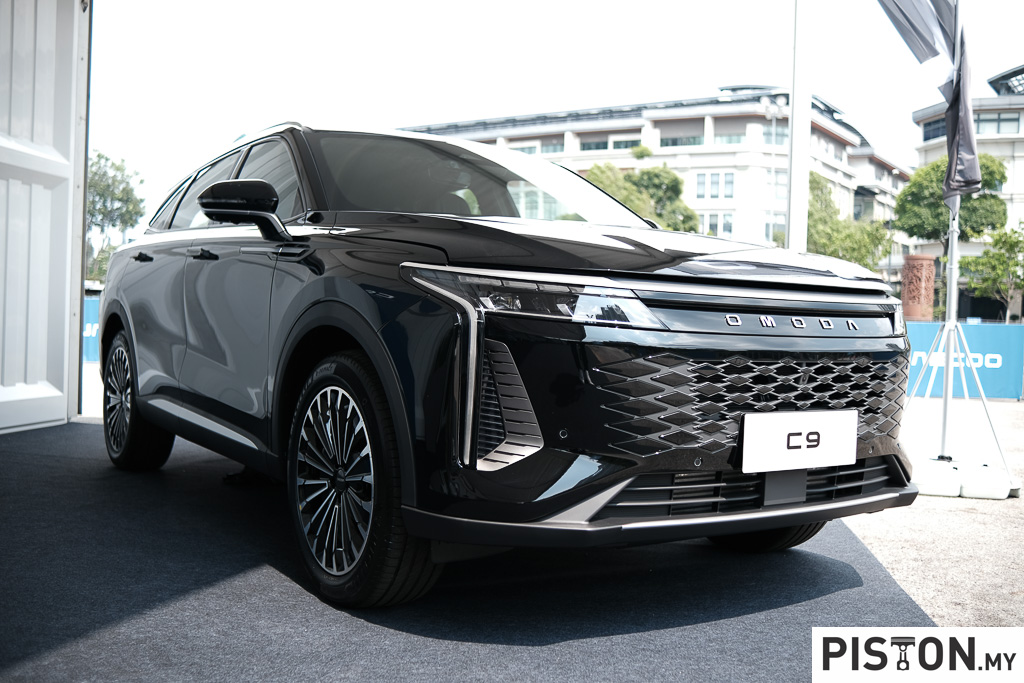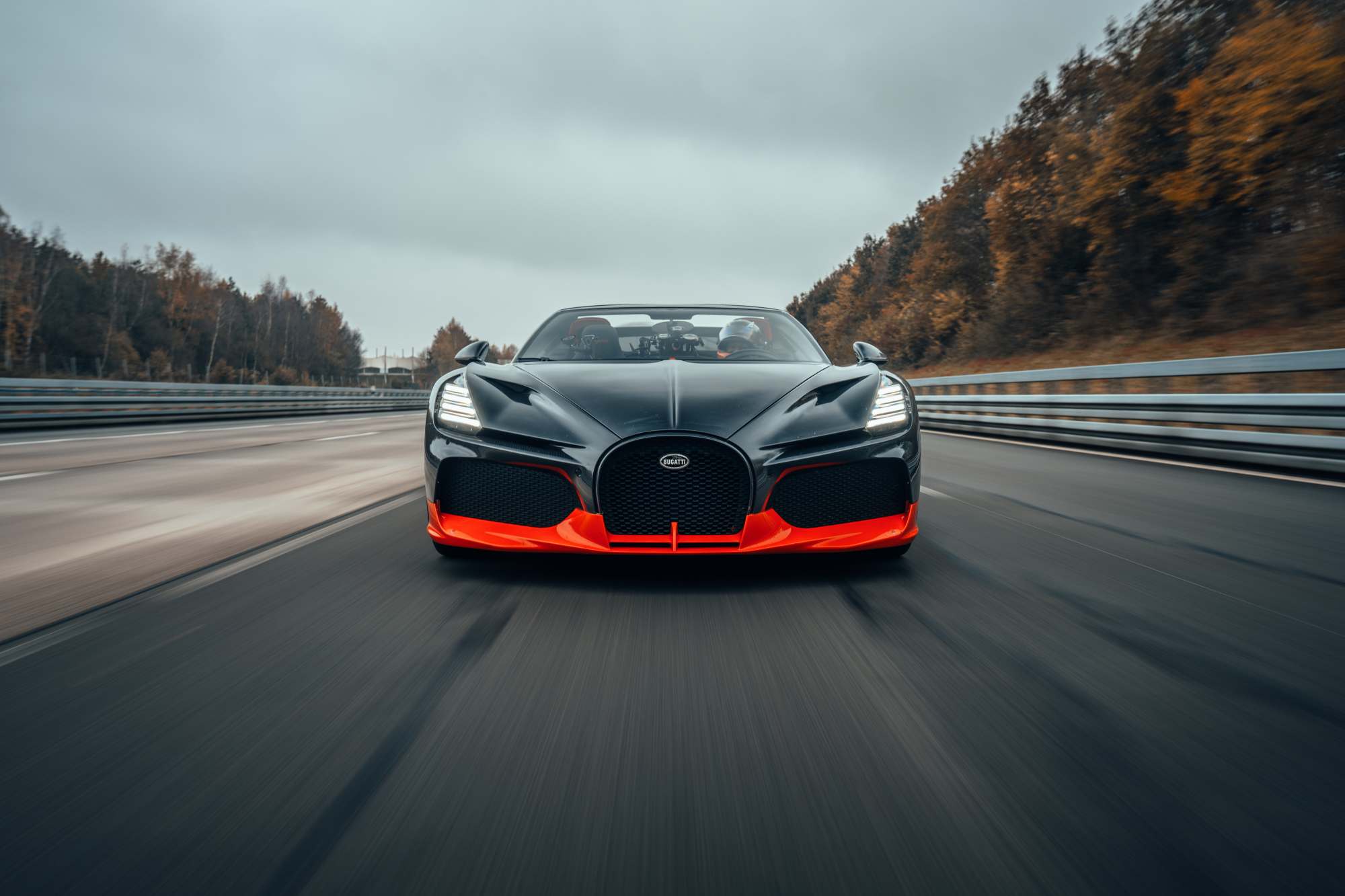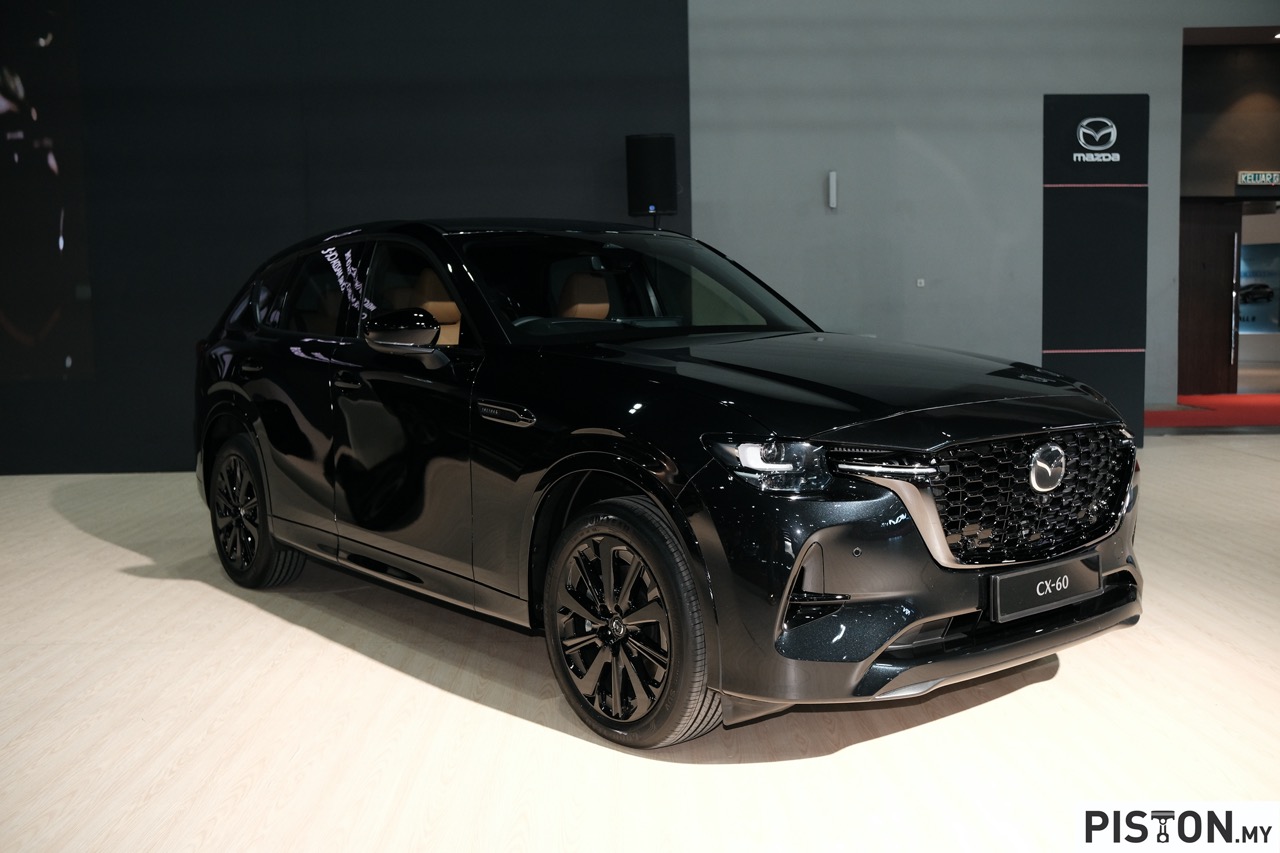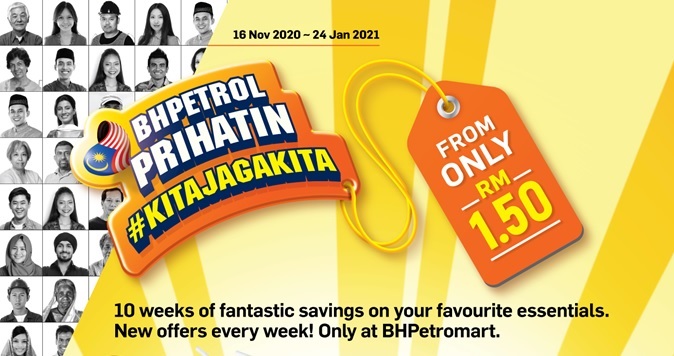
‘How far can we take vehicle technology?’ is a question that Samsung researchers constantly ask. While we can’t really predict the future with great accuracy, it is possible to look at innovations and advancements in technology for clues. One of the areas that company looked at is the cabin and combining Samsung Electronics’ latest advancements in telecommunications, semiconductors and display technologies with HARMAN’s automotive expertise, the Digital Cockpit 2021 was created.
Constantly evolving
This is actually the second Digital Cockpit that has been presented at the CES (Computer & Electronics Show) in Las Vegas. Since the first one in 2018, the concept has been constantly evolving with new types of innovations.
The Digital Cockpit 2021 is designed with a focus on simplifying communication and delivering fun on-the-go experiences. Its Drive mode is optimized to present drivers with a variety of information without obstructing their view of the road.
Panoramic display
The latest solution combines a wide, 49-inch QLED display with a sound system that makes content feel much more immersive. These technologies allow users to enjoy a customized entertainment experience, while also enabling them to communicate with the world around them.
The various displays, which are customized for various use cases, transform the vehicle into a versatile and convenient all-purpose space. One of the greatest strengths is its 5G technology, which enhances users’ experience by allowing them to utilize these features without interruptions.
Multi-role layout
Samsung’s team considered the car as a mobile office and with the Digital Cockpit, this is possible with tools that help users maximize their productivity when they’re on the move. The solution makes it easy to manage all kinds of work, supports video conferencing, and even includes tools for editing video clips.
In the centre of the steering wheel, where most vehicles would feature a car horn, the Digital Cockpit features a driver-exclusive screen. It’s yet another example of how the Digital Cockpit takes the traditional automobile interior to the next level. Rather than using physical buttons to activate the horn or stalks for the turn signals, drivers can utilize an 8.8-inch touchscreen LCD display.
Automotive Samsung Health
Of course, safety is always important in a vehicle and complementing the usual vehicle safety systems is an expanded version of the Samsung Health service that’s found in the brand’s smartphones and TVs. The version developed for automotive application analyzes passengers’ conditions utilizing a combination of cameras and wearable and mobile devices installed in the vehicle.
The service, known as Automotive Samsung Health, can analyze passengers’ health status even before boarding. It also regularly monitors passengers’ stress levels and will adjust the vehicle’s lighting, scent, or music in an effort to help them relax.
In addition, by analyzing their sleeping patterns and the movement of their eyelids, the service can help ensure that drivers remain awake and alert when on the road. This is another approach to reducing accidents while driving.
The Digital Cockpit’s Control Display on the rear centre armrest includes a touch-based control pad that allows passengers to manage a variety of environment-related functions via simple and intuitive gestures. The controls automatically disappear when passengers aren’t using them, enhancing the interior’s modern look.
Combining immersive entertainment with next-level safety functions and productivity tools, the vehicles of the future will be so much more than a means to get from Point A to Point B. Samsung will be continuously updating its Digital Cockpit solution, and some ideas will certainly make it into production vehicles in future.
VR technology enhances vehicle development processes for Hyundai and Kia



